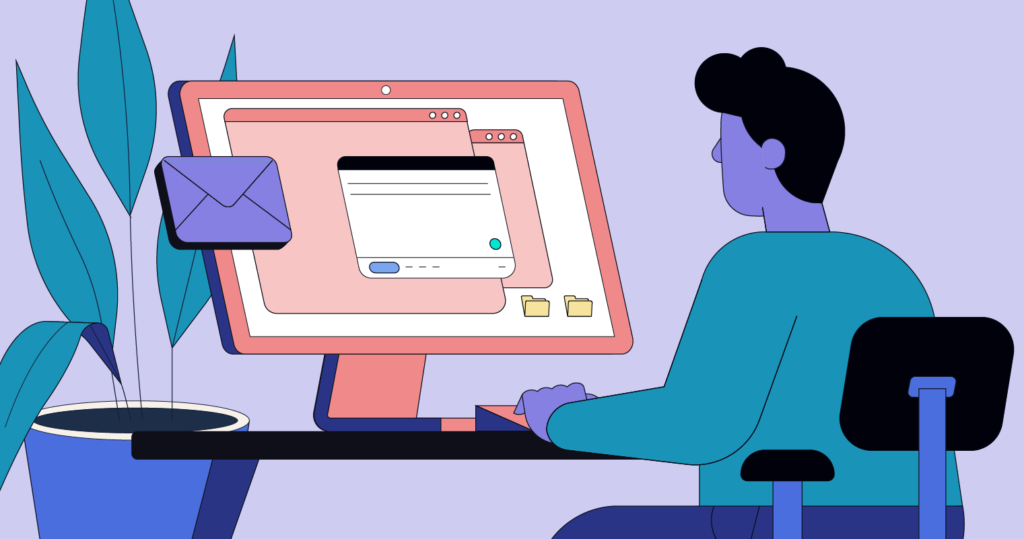- Home
- About Us
- Services
- IT, Digital & technologies
- Non- IT
- Staffing Service
- - Executive Search
- - Project Based Hiring
- - Direct Hire
- - Contract Hiring
- Contingent Staffing
- Outsourcing
- PF ESI Management
- Salary TDS Management
- Labour Compliance Outsourcing
- Compliance Management
Workforce Solution
Payroll & Compliance Management
BGV (Background Verification)
- Solution
- Blog
- Career Zone
- Contact Us
How to Write an Email that Others Will Read.

How to Write an Email that Others Will Read
Writing an email that captures attention and gets read is a vital skill in today’s digital world. Whether you’re reaching out to a potential client, communicating with colleagues, or following up on a job application, your email needs to stand out in a crowded inbox. Here are some strategies to ensure your emails are effective and engaging.
1. Craft a Compelling Subject Line
Your subject line is the first thing recipients see, so make it count. It should be concise, relevant, and intriguing. Avoid generic phrases like “Hi” or “Update” and instead use specific, action-oriented language.
Example: “Exciting Update on Our Project Timeline”
2. Start with a Strong Opening
The opening line sets the tone for your email. Make it engaging by addressing the recipient by name and briefly stating the purpose of your email. A personalized and direct approach increases the likelihood of your email being read.
Example: “Hi John, I hope you’re doing well. I’m reaching out to share some exciting news about our upcoming project.”
3. Be Clear and Concise
Get to the point quickly. Busy professionals appreciate emails that are easy to read and straight to the point. Avoid unnecessary jargon and keep your message focused on the main topic.
Example: “We’ve just received approval for the new project timeline, which means we can start the next phase earlier than planned.”
4. Use Bullet Points and Formatting
Break up long paragraphs with bullet points, headings, and short paragraphs. This makes your email easier to scan and ensures key points stand out.
Example:
- New Start Date: June 1
- Next Steps: Review the attached project plan
- Meeting: Schedule a kickoff meeting for next week
5. Include a Call to Action
Clearly state what you want the recipient to do next. Whether it’s replying to your email, scheduling a meeting, or reviewing a document, a clear call to action helps guide the recipient’s response.
Example: “Could you please review the attached project plan and let me know your feedback by Friday?”
6. Keep Your Tone Professional but Friendly
Strike a balance between professionalism and friendliness. Tailor your tone to your audience, but generally, a warm and approachable tone works well.
Example: “I’m excited to collaborate on this and look forward to hearing your thoughts!”
7. Proofread Before Sending
Typos and grammatical errors can undermine your credibility. Take a moment to proofread your email for any mistakes before hitting send. Tools like Grammarly can help catch errors you might miss.
8. Use a Professional Signature
End your email with a professional signature that includes your name, job title, company, and contact information. This makes it easy for recipients to know who you are and how to reach you.
Example:
cssCopy codeBest regards,
Jane Doe
Project Manager
XYZ Company
jane.doe@xyz.com
(123) 456-7890
Conclusion
Writing an email that others will read involves crafting a compelling subject line, being clear and concise, and including a strong call to action. By focusing on these elements and maintaining a professional yet friendly tone, you can ensure your emails are effective and well-received.
#EmailWriting #ProfessionalCommunication #EffectiveEmails #EmailTips #BusinessCommunication #Productivity #WritingSkills #EmailMarketing #WorkplaceTips

